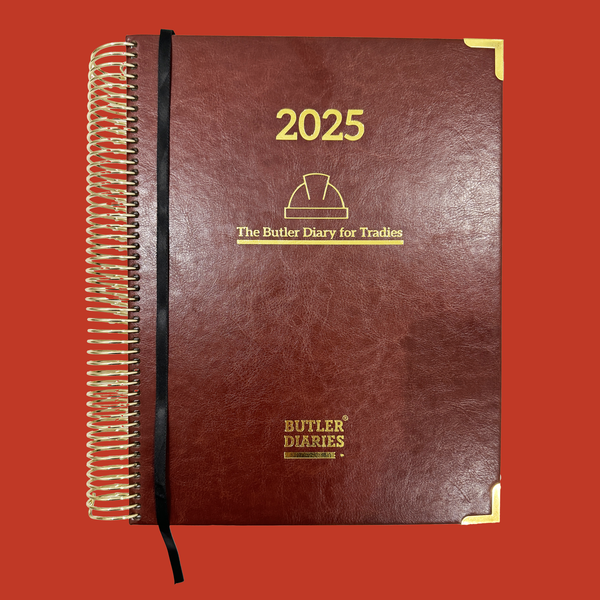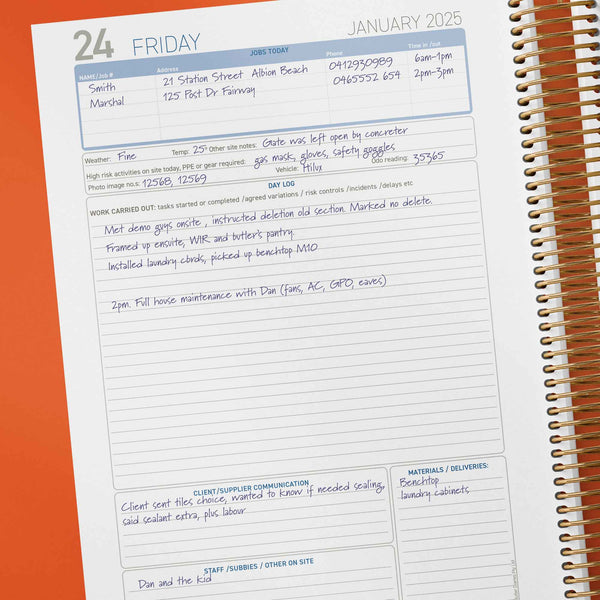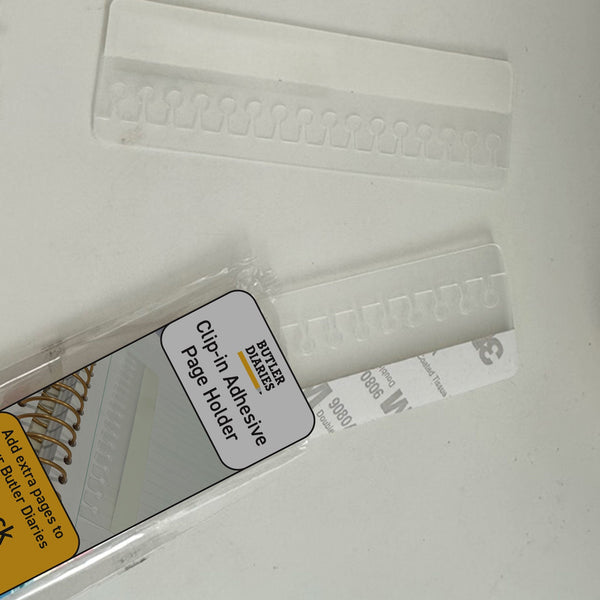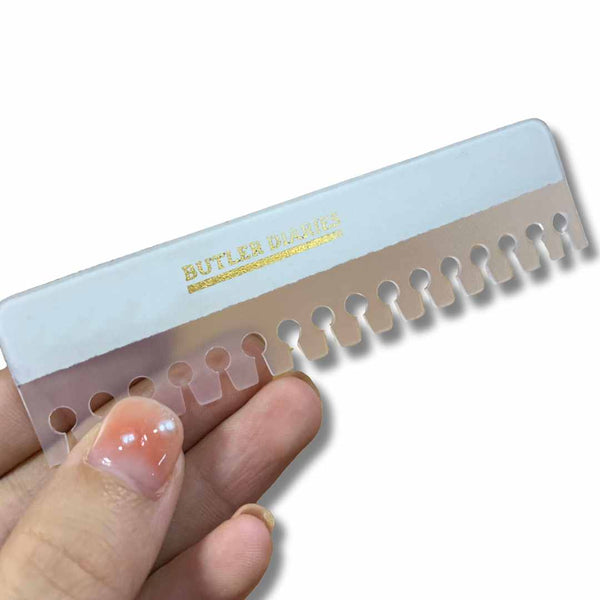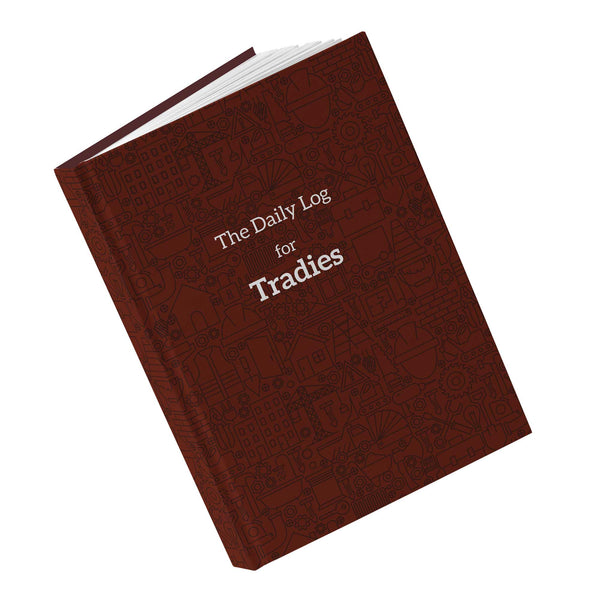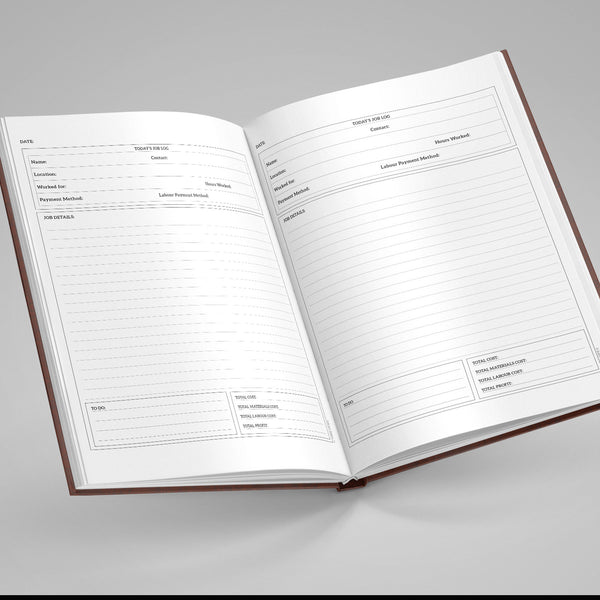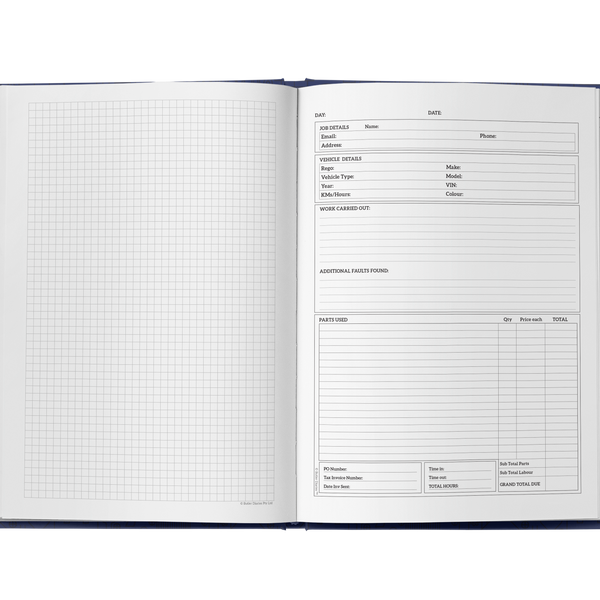The Business Graveyard: Why Most Tradie Businesses Don't See Year Four
Here's a statistic that should terrify every tradie thinking about going solo: 73% of small construction businesses fail within three years. That's three out of every four tradies who make the leap from employee to business owner.
I've watched this happen firsthand. When my husband Darryl started his electrical contracting business in 2014, we were surrounded by other tradies doing the same thing. Today, only two of those original eight businesses are still operating. The rest? Gone.
But here's what's interesting: it wasn't the quality of their work that killed these businesses. Every one of those failed contractors was skilled, reliable, and hardworking. What separated the survivors from the casualties was something much more basic - business systems.
The businesses that survived had documentation. The ones that failed were flying blind.
The Three-Year Death Spiral: How Good Tradies Fail
After helping transform our one-man electrical business into a six-person team, I've identified the exact pattern that kills tradie businesses. It's predictable, preventable, and devastating.
Year One: The Honeymoon Phase
Everything feels possible. You're finally working for yourself, keeping all the profits, making your own decisions. Cash flow seems fine because you're not tracking it properly. Problems get solved reactively because you don't have systems to prevent them.
Warning signs you're probably missing:
- No clear picture of actual job profitability
- Inconsistent pricing based on "gut feel"
- Customer payments tracked mentally, not systematically
- No emergency fund for quiet periods
- Business and personal finances mixed together
Year Two: The Reality Check
The novelty wears off. You realise you're working harder for less money than you made as an employee. Cash flow becomes unpredictable. You start taking any job at any price just to keep money coming in.
The crisis deepens:
- Underpriced jobs eating into profits
- Customer disputes because expectations weren't documented
- Equipment breakdowns with no replacement fund
- Tax obligations you didn't plan for
- No time for business development because you're always firefighting
Year Three: The Breaking Point
One major setback - a customer who doesn't pay, an equipment failure, a quiet period, a family emergency - and the business can't survive. There's no financial buffer, no systems to maintain operations, no documented processes that someone else could follow.
The end comes quickly because there's no foundation to fall back on.
What the Survivors Do Differently
The 27% of tradie businesses that survive beyond three years aren't lucky. They're systematic. After helping build one of those surviving businesses, here's what separates success from failure:
1. They Track Everything That Matters
Successful tradie businesses know their numbers. Not just total revenue, but profit per job, cost per hour, customer acquisition costs, and cash flow patterns.
They document every transaction, every expense, every job outcome. This data drives decision-making instead of gut instinct.
2. They Build Systems, Not Just Skills
While failing businesses rely on the owner's memory and expertise, survivors create documented processes. How to quote jobs, manage customers, track expenses, handle disputes - everything gets systematised.
This means the business can operate even when the owner is sick, on holiday, or dealing with emergencies.
3. They Plan for Problems
Successful businesses don't just react to problems - they prepare for them. They have cash reserves, backup equipment plans, documented processes for difficult customers, and systems for managing seasonal fluctuations.
4. They Treat Documentation as Business Insurance
Every successful tradie business I know uses comprehensive documentation. Not just for legal protection, but for business intelligence. They can see which types of jobs are profitable, which customers pay promptly, and which processes need improvement.
The Documentation System That Builds Surviving Businesses
When we transformed Darryl's struggling one-man operation into a profitable team, documentation was the foundation of everything. Here's the system that turns chaos into sustainable success:
Comprehensive Financial Tracking
Every dollar in and out gets recorded immediately. Not just for tax purposes, but for business intelligence. You need to know which jobs make money, which expenses are growing, and where your cash flow problems come from.
The Construction Diary's business tracking sections make this systematic without requiring accounting expertise.
Job Profitability Analysis
Track the real cost and profit of every job. Include materials, labour, travel time, equipment wear, insurance, and all hidden costs. This data transforms your pricing from guesswork into science.
Customer and Payment Management
Document every customer interaction, payment term, and collection issue. This protects cash flow and helps you identify which types of customers and payment terms work best for your business.
Business Process Documentation
Write down how everything gets done. From initial customer contact to job completion and payment collection. This creates a business that can operate without constant owner involvement.
Performance and Growth Tracking
Monitor key business metrics monthly. Revenue trends, profit margins, customer satisfaction, repeat business rates. This early warning system helps you adjust before problems become crises.
Why Paper Documentation Works Better for Small Businesses
I know digital tools seem more sophisticated, but here's why successful small tradie businesses often rely on physical documentation:
Simplicity: No software crashes, password issues, or learning curves. Just write it down and refer back to it.
Reliability: Always accessible, never dependent on technology, can't be hacked or corrupted.
Overview Capability: You can spread weeks of data across a table, seeing patterns and connections that screens hide.
Low Cost: No monthly software fees, no upgrade costs, no compatibility issues.
The True Cost of Business Failure
When tradie businesses fail, the costs go far beyond lost income:
- Personal Financial Ruin: Business debts often become personal liabilities
- Relationship Stress: Financial pressure destroys families and friendships
- Career Setback: Failed business owners often struggle to get employed again
- Lost Investment: Tools, equipment, and setup costs become worthless
- Reputation Damage: Business failure affects future opportunities
Compare this to 20 minutes per day documenting your business operations - it's the difference between survival and catastrophe.
What Business Survival Actually Looks Like
Building a surviving tradie business isn't about being the best tradie - it's about being the most systematic business operator.
The Construction Diary includes everything successful tradie businesses track:
- Financial tracking templates for comprehensive money management
- Job profitability analysis tools for data-driven pricing
- Customer management sections for relationship and payment tracking
- Business process documentation for systematic operations
- Performance monitoring tools for early problem detection
This isn't just record keeping - it's business survival insurance. Every tradie business that makes it past year three uses systematic documentation to build sustainable operations.
Start Building Your Surviving Business Today
You didn't become a tradie to join the 73% who fail. You have the skills to succeed - you just need the business systems to support those skills.
The difference between business success and failure isn't talent or luck. It's documentation and systems.
Don't become another statistic. Start building your business foundation today.
Get your Construction Diary today and build the business systems that ensure survival and success.
Your future depends on the systems you build today.







